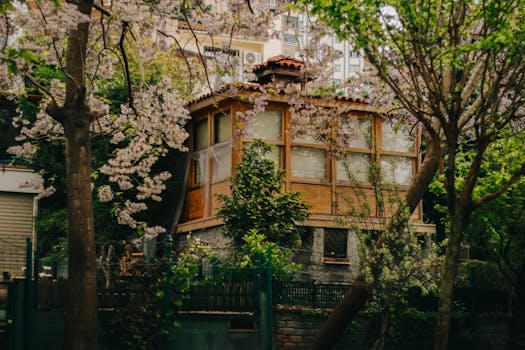
Urban Green Spaces: The Future of Outdoor Living in European Cities by 2025
Urban Green Spaces are becoming increasingly important in European cities, and for good reason. As the world becomes more urbanized, the need for green spaces in cities is becoming more pressing. Not only do these spaces provide a peaceful escape from the hustle and bustle of city life, but they also play a critical role in maintaining the health and wellbeing of urban residents.
What are Urban Green Spaces?
Urban Green Spaces refer to any area of greenery in an urban environment, including parks, gardens, green roofs, and green walls. These spaces can be public or private, and can range in size from small backyard gardens to large urban parks.
The Benefits of Urban Green Spaces
The benefits of urban green spaces are numerous. Some of the most significant advantages include:
- Improved air quality: Urban green spaces help to remove pollutants from the air, improving the overall air quality in cities.
- Reduced urban heat island effect: Green spaces can help to mitigate the urban heat island effect, which occurs when built-up areas absorb and retain heat.
- Improved mental health: Spending time in nature has been shown to have a positive impact on mental health, reducing stress and anxiety.
- Increased biodiversity: Urban green spaces provide a habitat for a wide range of plant and animal species, helping to maintain biodiversity in urban areas.
The Future of Urban Green Spaces in European Cities
By 2025, urban green spaces are expected to play an even more critical role in European cities. As cities continue to grow and urbanize, the need for green spaces will become more pressing. Some of the trends that are expected to shape the future of urban green spaces in European cities include:
- Increased use of green roofs and walls: Green roofs and walls are becoming increasingly popular in European cities, and are expected to become even more widespread by 2025.
- More emphasis on community-led green space initiatives: Community-led initiatives are expected to play a larger role in the development and maintenance of urban green spaces in European cities.
- Greater focus on sustainable design: Urban green spaces are expected to be designed with sustainability in mind, incorporating features such as rain gardens and green infrastructure.
Case Studies: Urban Green Spaces in European Cities
There are many examples of successful urban green spaces in European cities. Some case studies include:
- The High Line in London: The High Line is a former railway line that has been converted into a public park, providing a unique green space in the heart of the city.
- The Park at the Palais Royal in Paris: This park is a beautiful example of a well-designed urban green space, incorporating a range of features such as fountains, statues, and walking paths.
- The Superkilen park in Copenhagen: This park is a vibrant and diverse green space, incorporating a range of features such as bike paths, playgrounds, and picnic areas.




